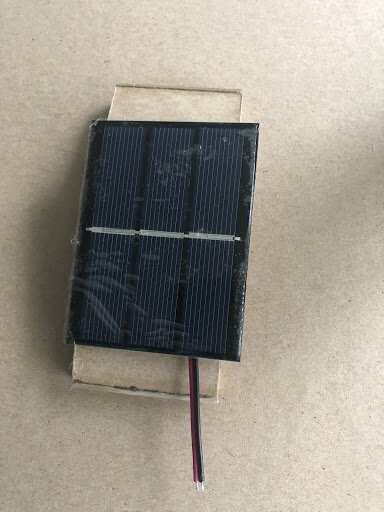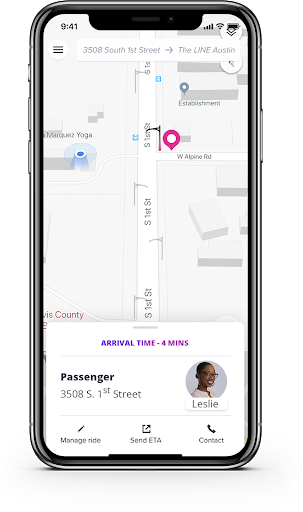LyftPost
Helping Austinites travel during city-wide events.
Overview
Austin is home to 950,000 people (2017). During large events such as SXSW, roughly 310,000 people (2018) visit the city for the festival. This causes all sorts of unwanted traffic and congestion in downtown areas and even in some residential areas.
The aim of the project was to make traffic in Austin better during large events such as SXSW and Austin City Limits.
Role & Duration
Product Designer
Research, Information Architecture, Interaction, Wireframes, Prototyping, Visual Design
Spring 2019
The Problem
Austin, TX has become overpopulated as it becomes one of the major hubs for technology companies in the US. With this increase of population comes an increase of road traffic. Austin ranked number 19 in the US for worst traffic and number 179 globally. The problem with traffic only gets worse during large, city-wide events.
Understanding the Problem
In order to get to the root of the actual issue, it was important to get a good understanding of what travel is like for people in Austin during these large events that come to the city. One of the first exercises I did was making a Process Map to understand all the players involved. Ultimately, when picking a target, I decided to focus on Rideshare Services and Picking up the Rider.
Getting to the Facts
Streetlight Facts
Austin Energy provides streetlight systems within Austin’s city limits. The average streetlight costs around $6K. LED lights are seen as the best option for lighting streetlight systems. LED lights use almost 85% less energy than traditional incandescent lights. On average they save cities $2.55 million per year in energy savings and reduce CO2 by roughly 23,000 tonnes. LED bulbs last for 100,000 hours as opposed to incandescent bulbs last 8,000 hours.
Rideshare Facts
Rideshare services can bring unwanted congestion and traffic to major cities which can often cause headaches for city officials and local commuters. 15% of ride-hailing trips are adding cars to the region’s roadways during the morning or afternoon rush hours. the average ride-hailing trip represents 35 cents of lost fare revenue for local public transportation. When the wrong passenger is picked up, often called “Lyft Jacking”, the confusion can cause even more traffic as passengers and the driver try to figure out the issue.
Traffic Facts
One of the new trends that city planners are researching is called “adaptive signal control”. This describes a system where streets are on an more adaptive timer to reduce clogging, car accidents, and protect pedestrians.
Visualizing the Streetlight
Preliminary
I created some preliminary sketches figuring out potential shapes of the lamp and how it might function.
Final
Ultimately I decided to go with a panel-like frame that is suspended to a pole with a steel rope.

The Solution
The LyftPost will act as a beacon for Lyft Passengers to find the best location to be picked up. In addition, the sensors in the lamps will track traffic and calibrate the route Lyft instructs the Driver to take.
Prototyping
In lieu of building an actual streetlamp (over budget lol) I built a small prototype to show what the final product might look like






Updated App
The driver app will now show on a map exactly where they should be picking up their passenger in relationship to the LyftPost.
Potential Impact
Since this product cannot be tested in the real world, one can only speculate the impact it would have on the city of Austin and traffic patterns during large events and beyond.
Economic
Less sales on cars because rideshares are more efficient.
Energy from the solar panels is sold back to the city causing energy bills to decrease drastically.
Less money is spent on street lamp maintenance because LED lights last much longer.
Infrastructure
Construction sites can move faster without having to worry about directing heavy traffic
Potholes are detected quickly and fixed.
Natural disasters such as flooding are avoided.
Public Health
Change in Co2 levels from less idling time
More people are walking to their Lyftposts because they know they’re helping to save the environment
Less “Lyft Jacking”





